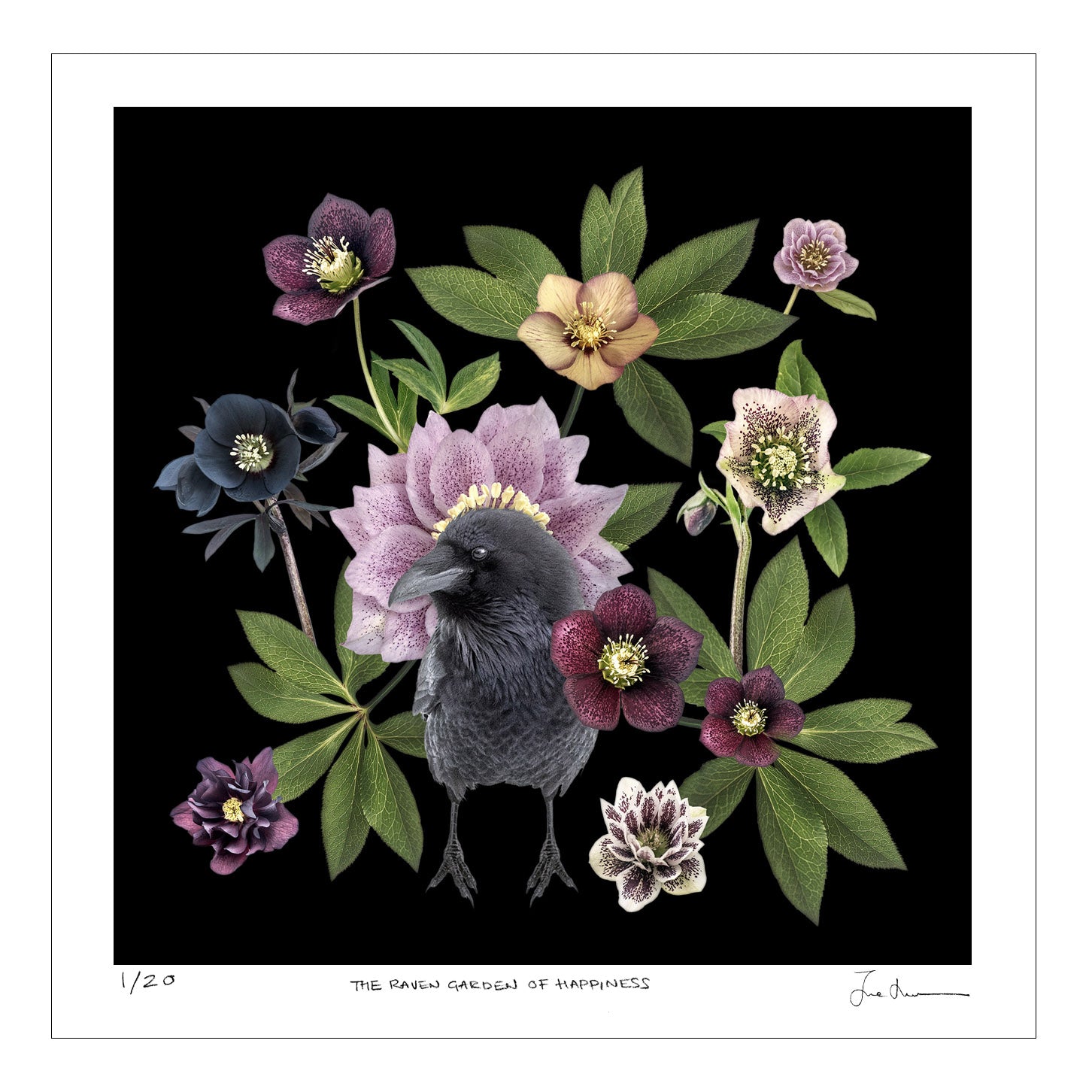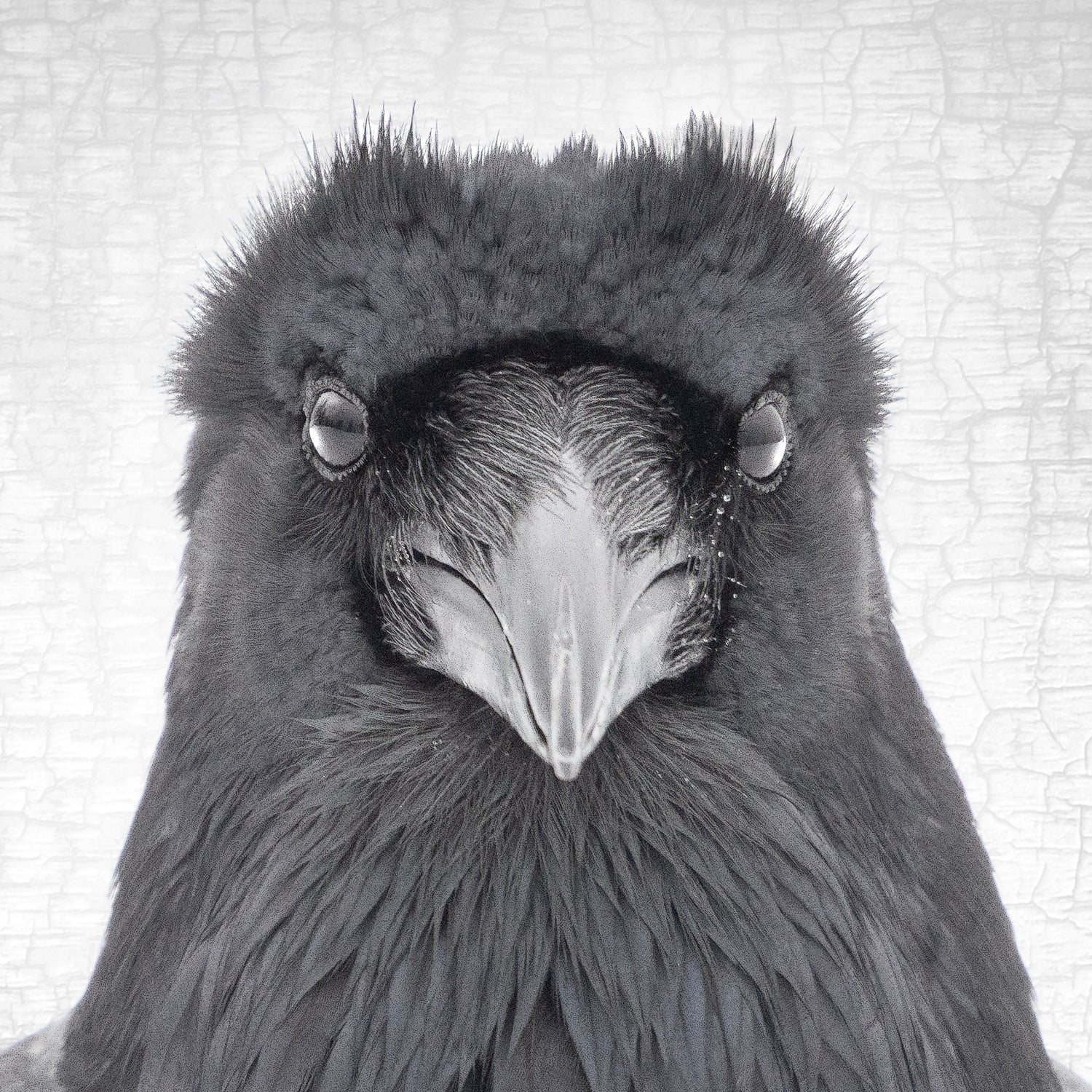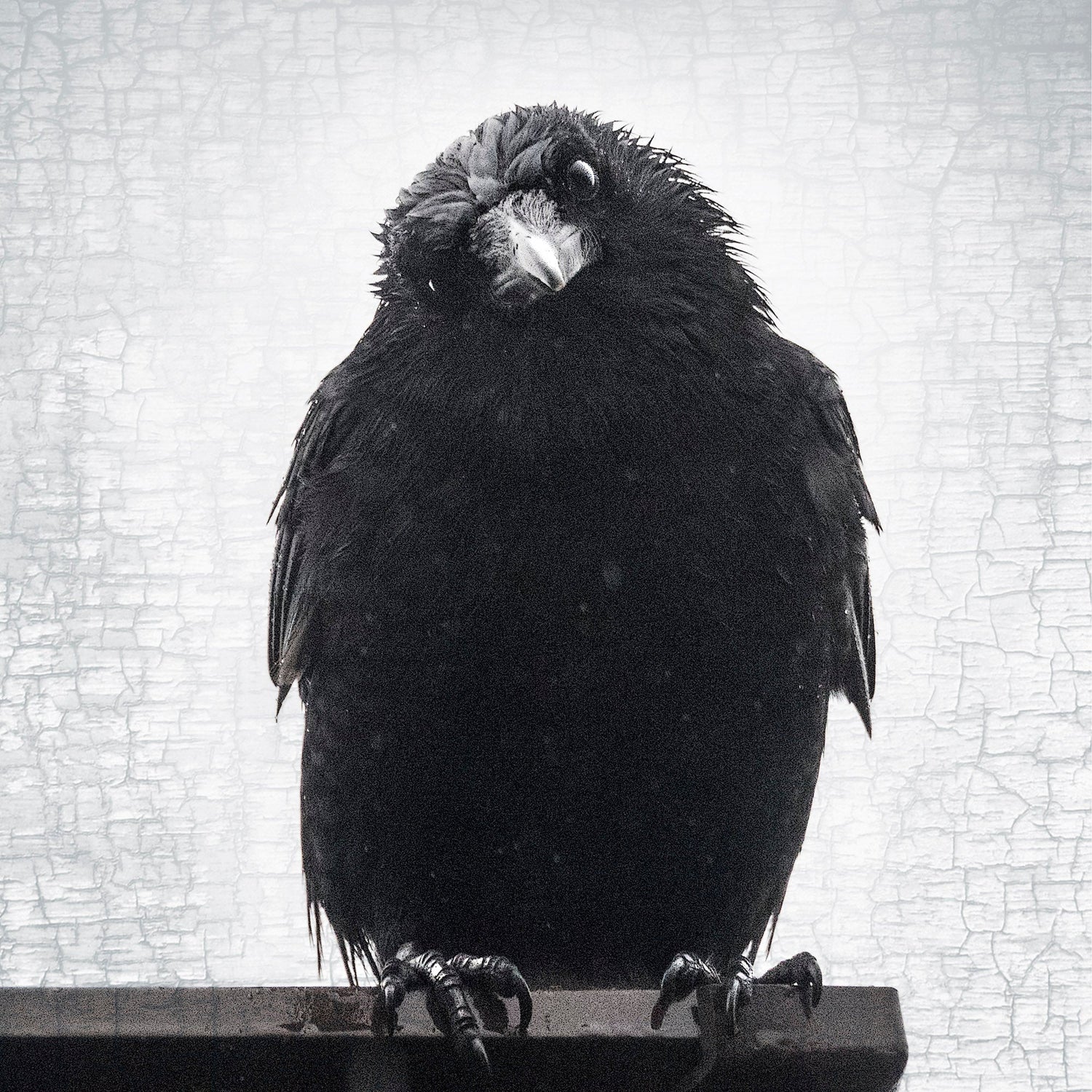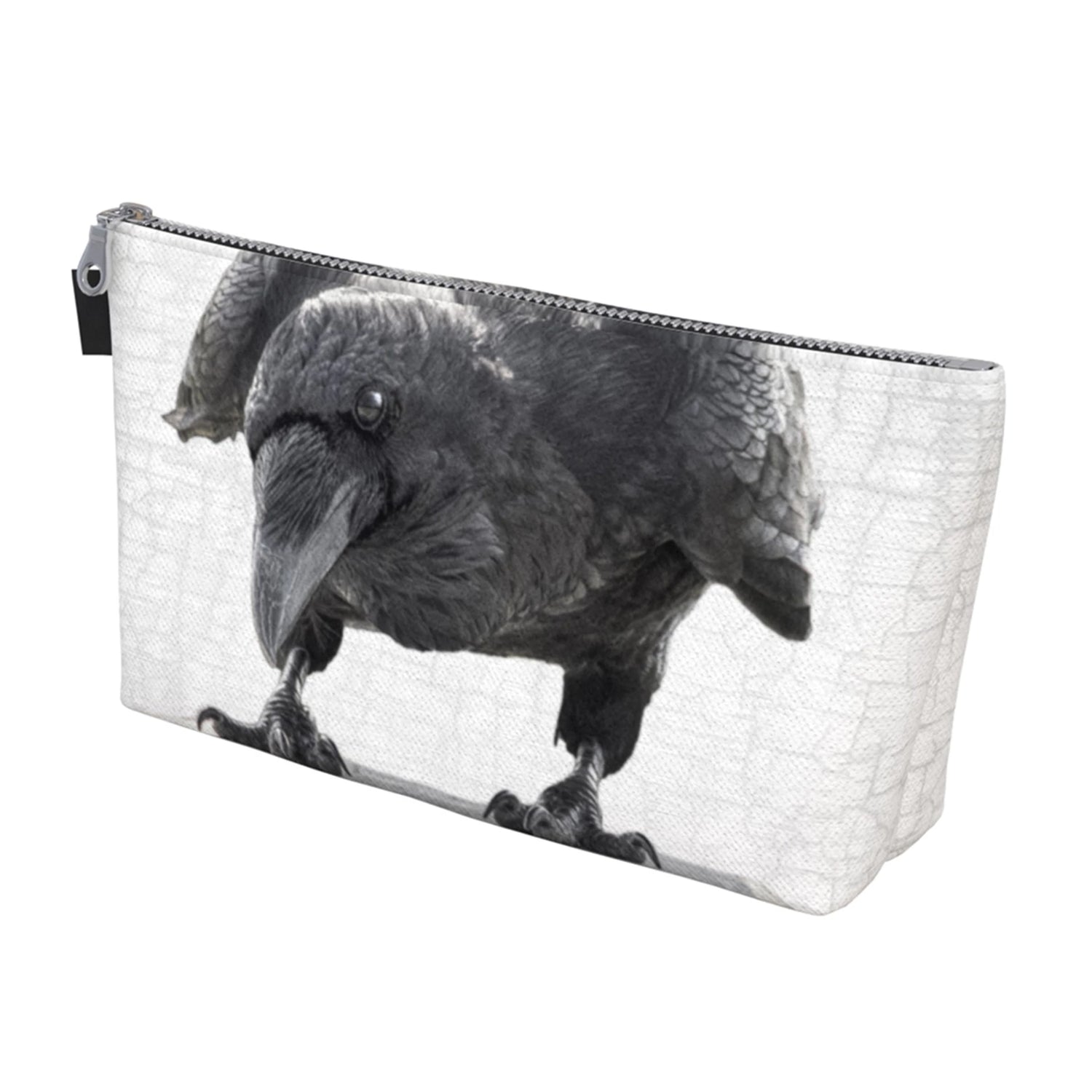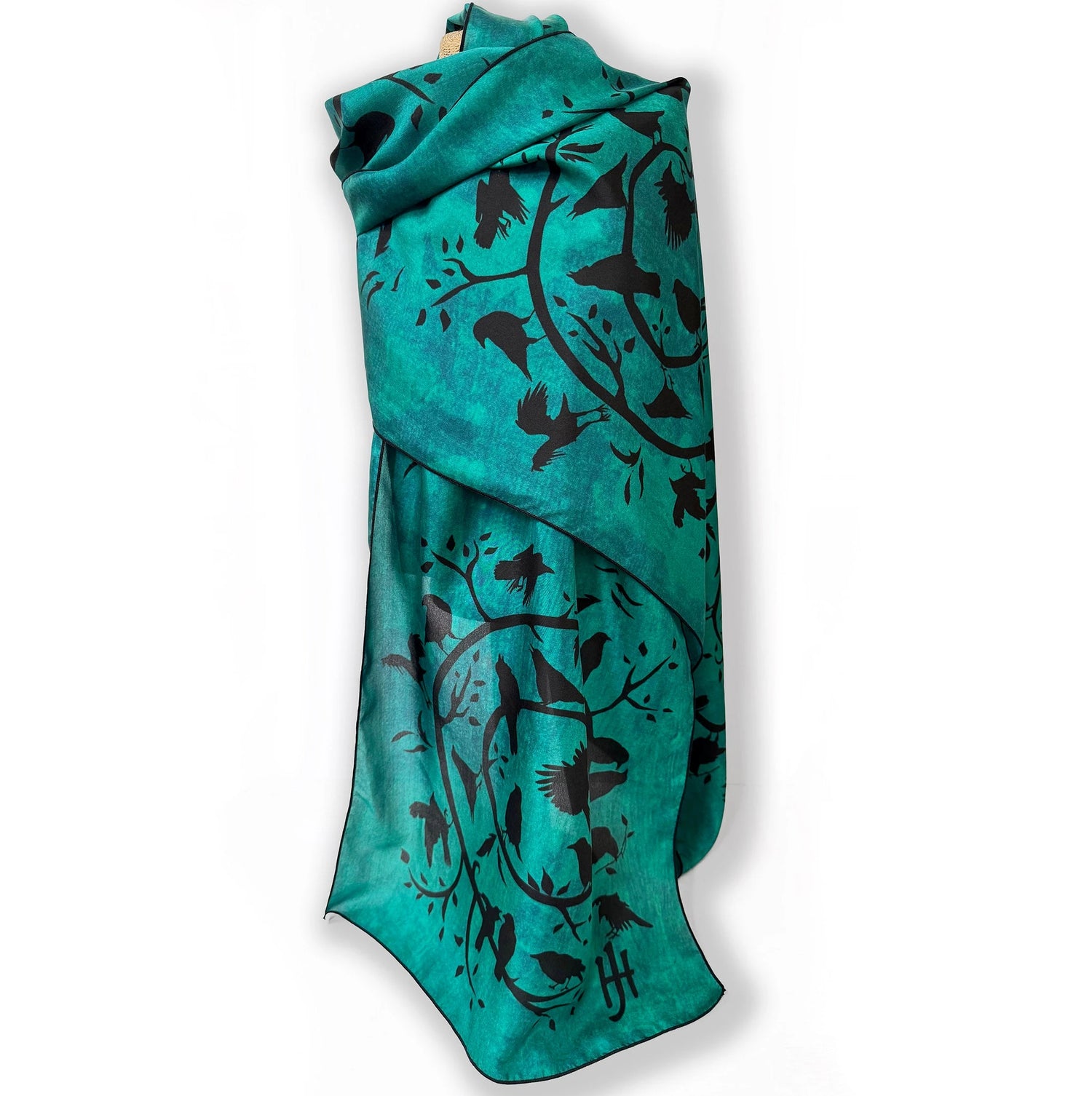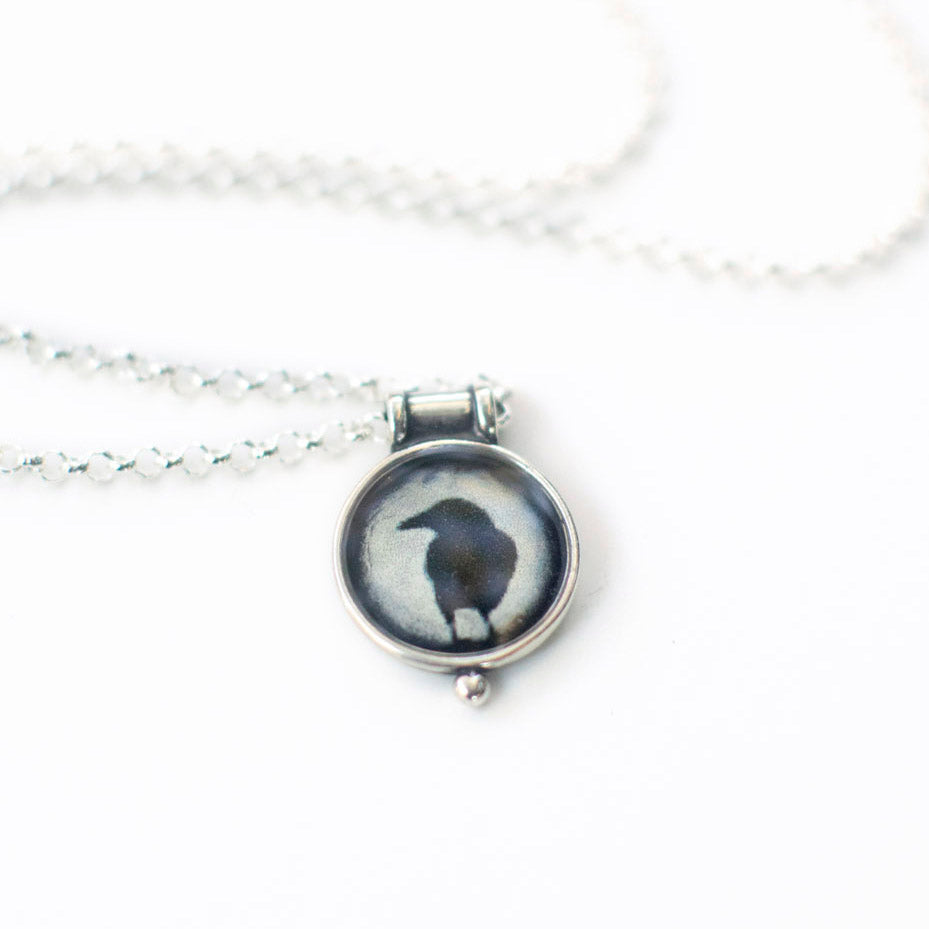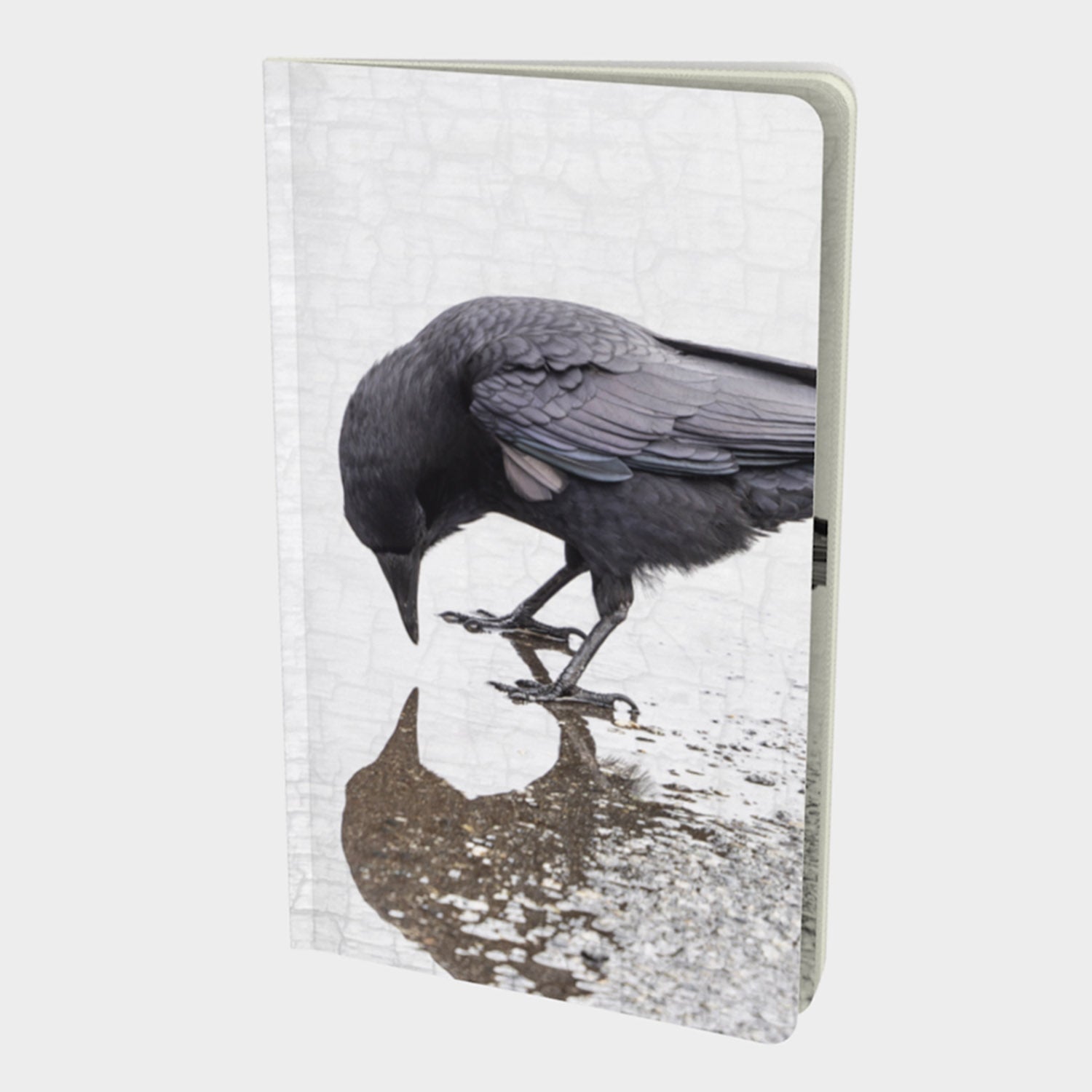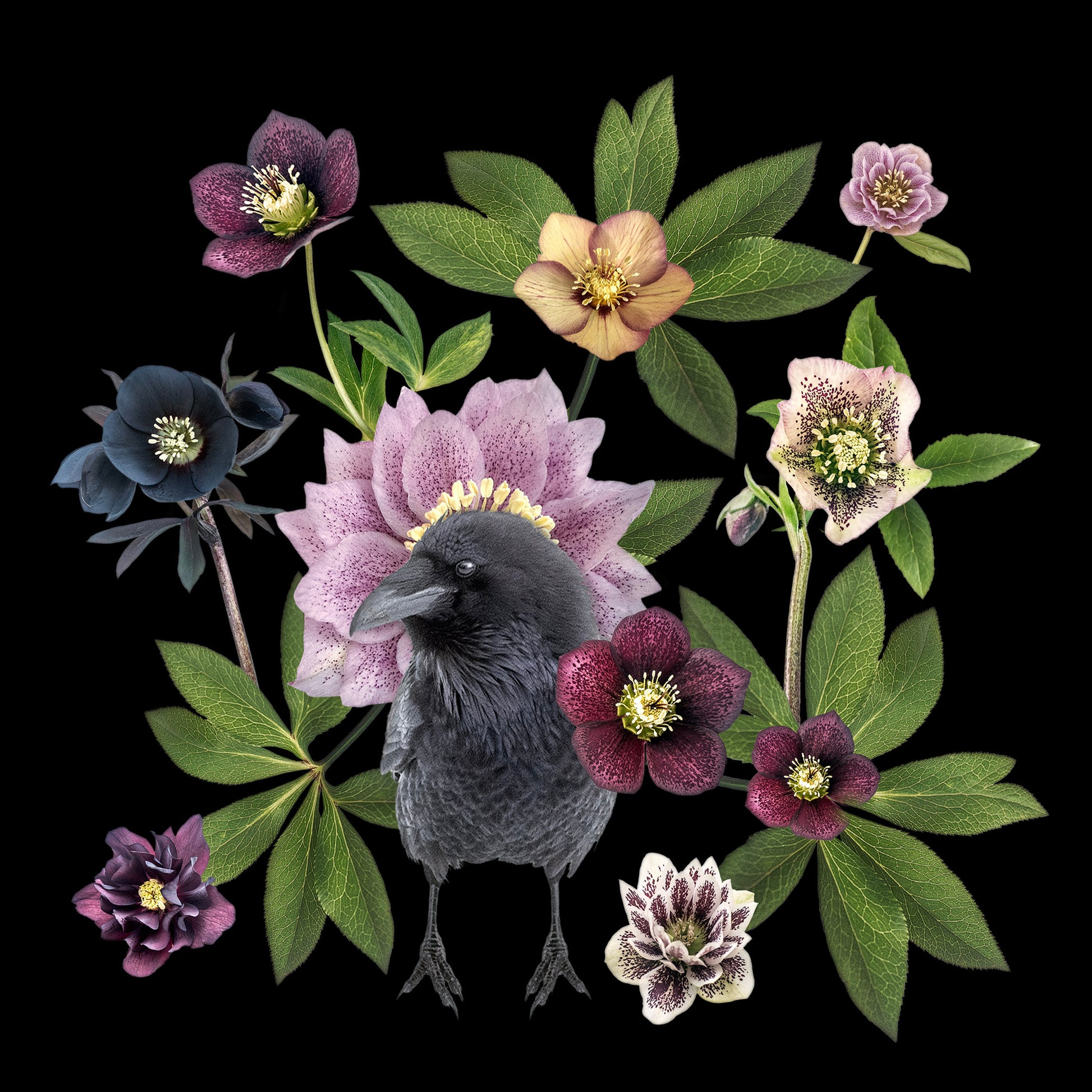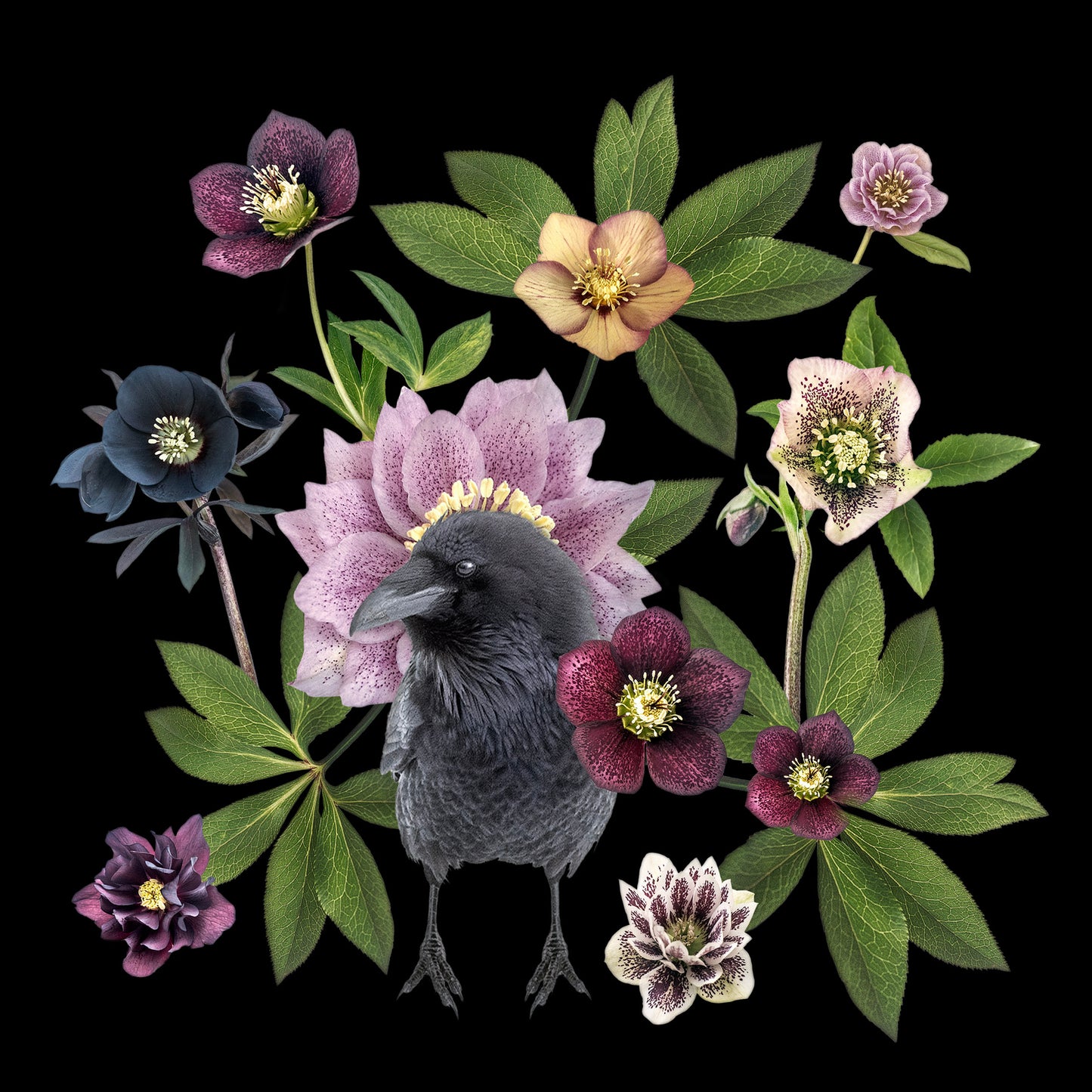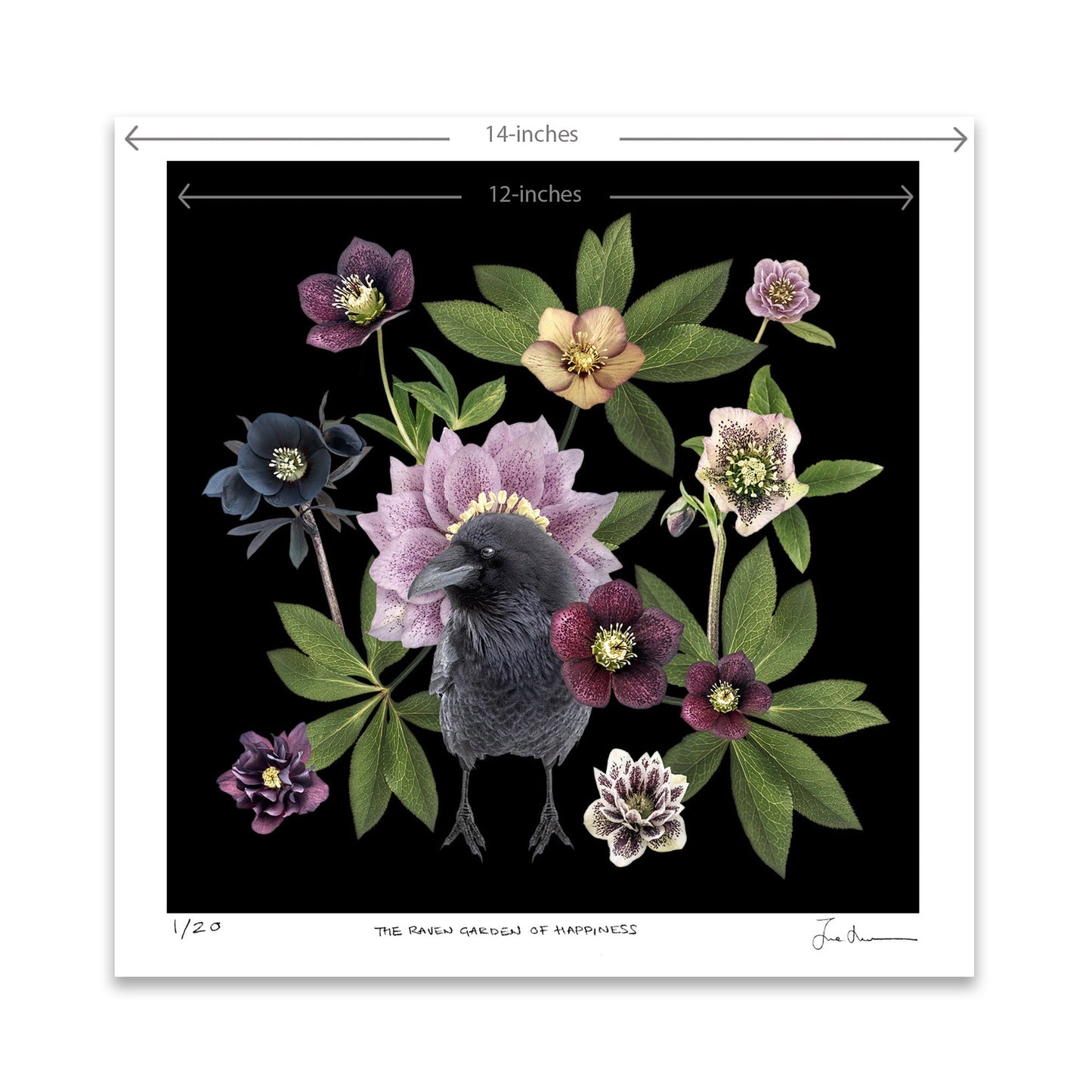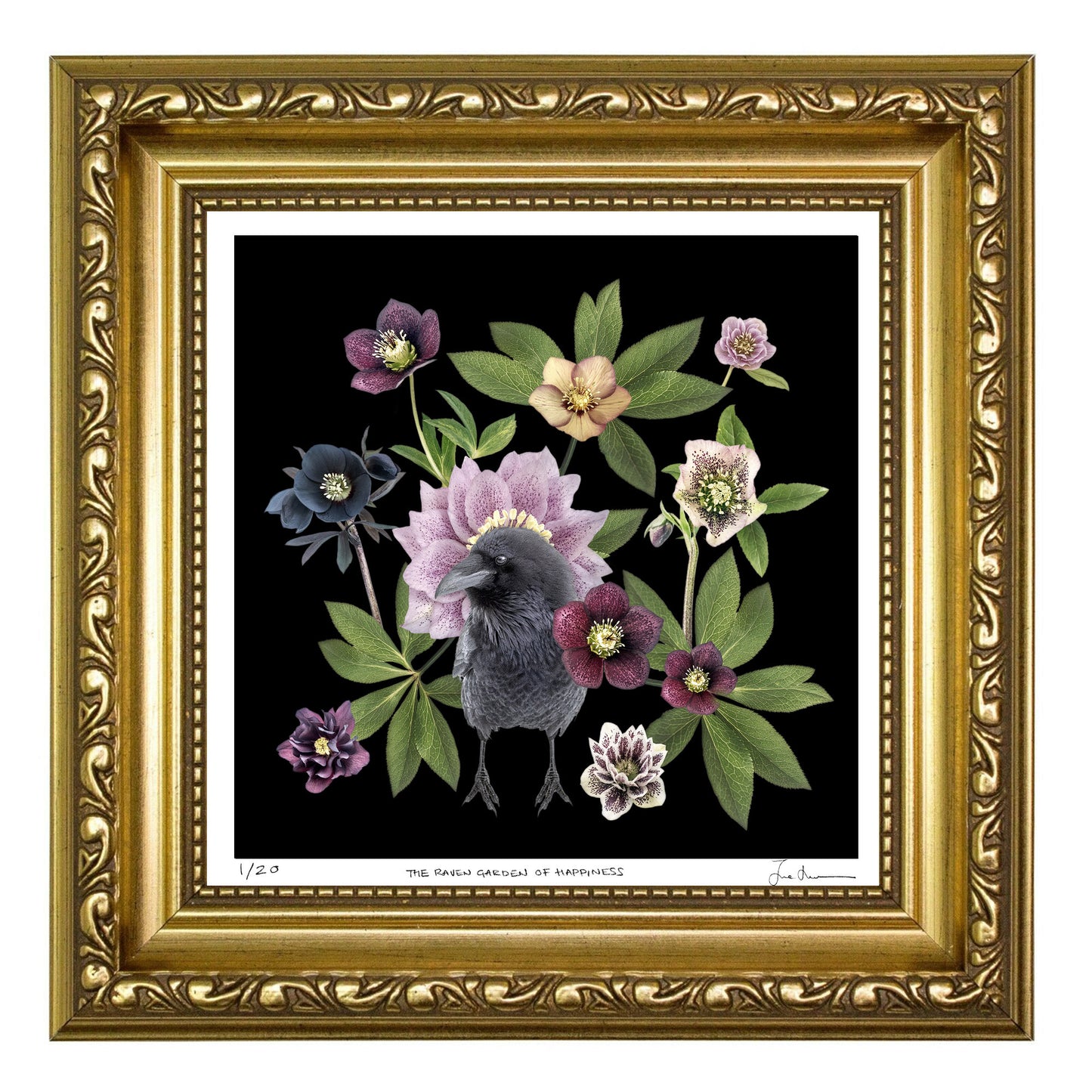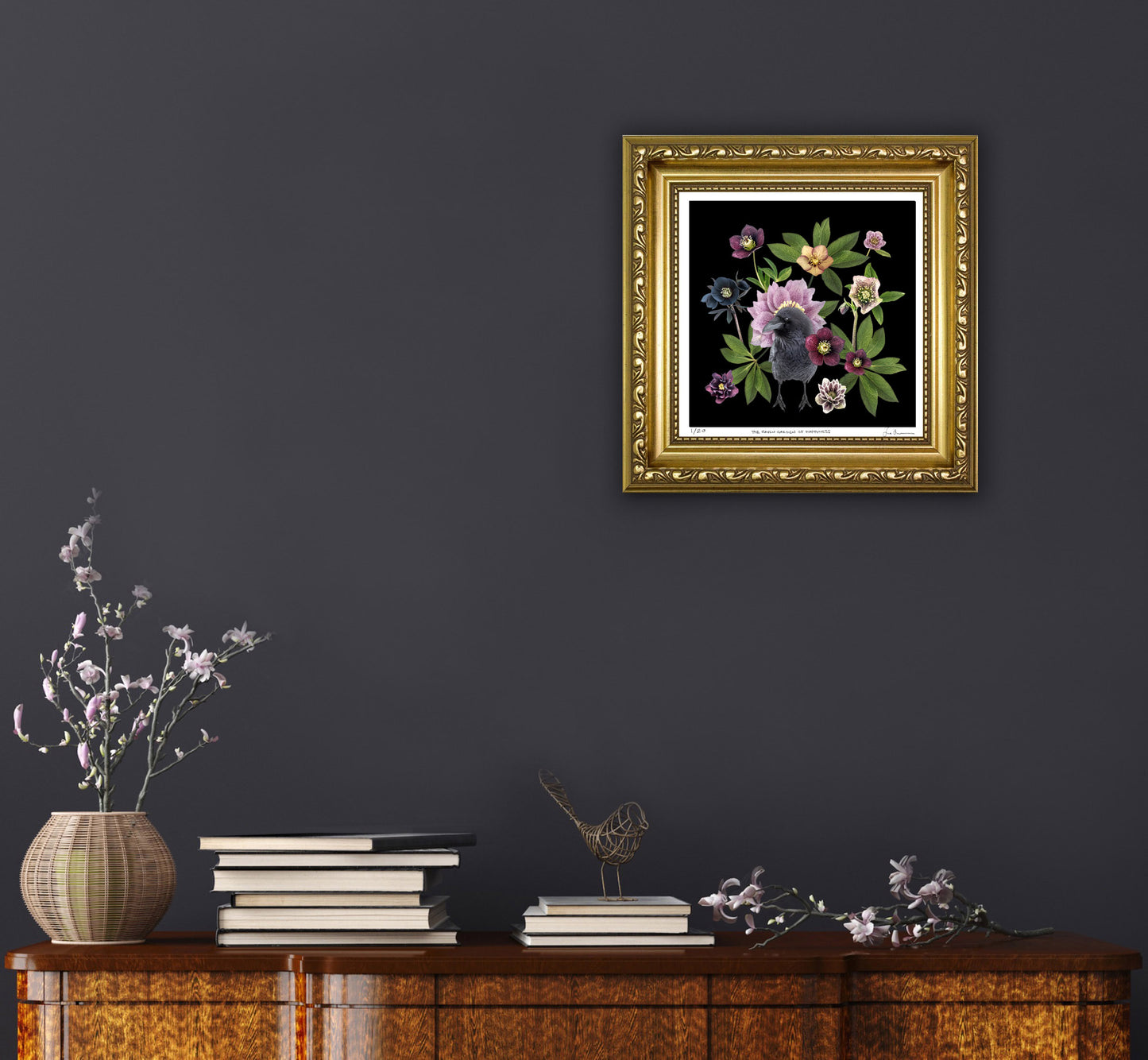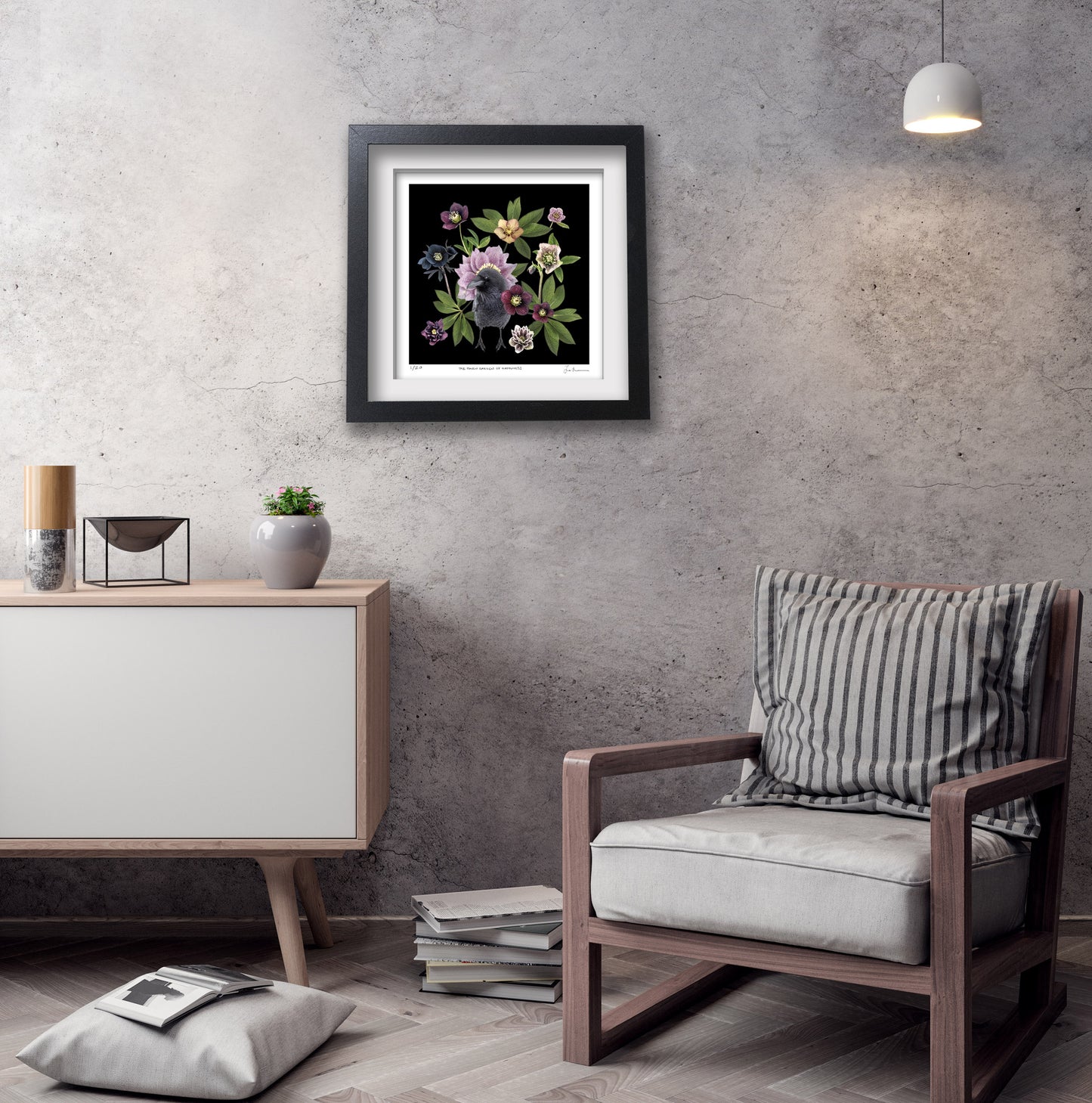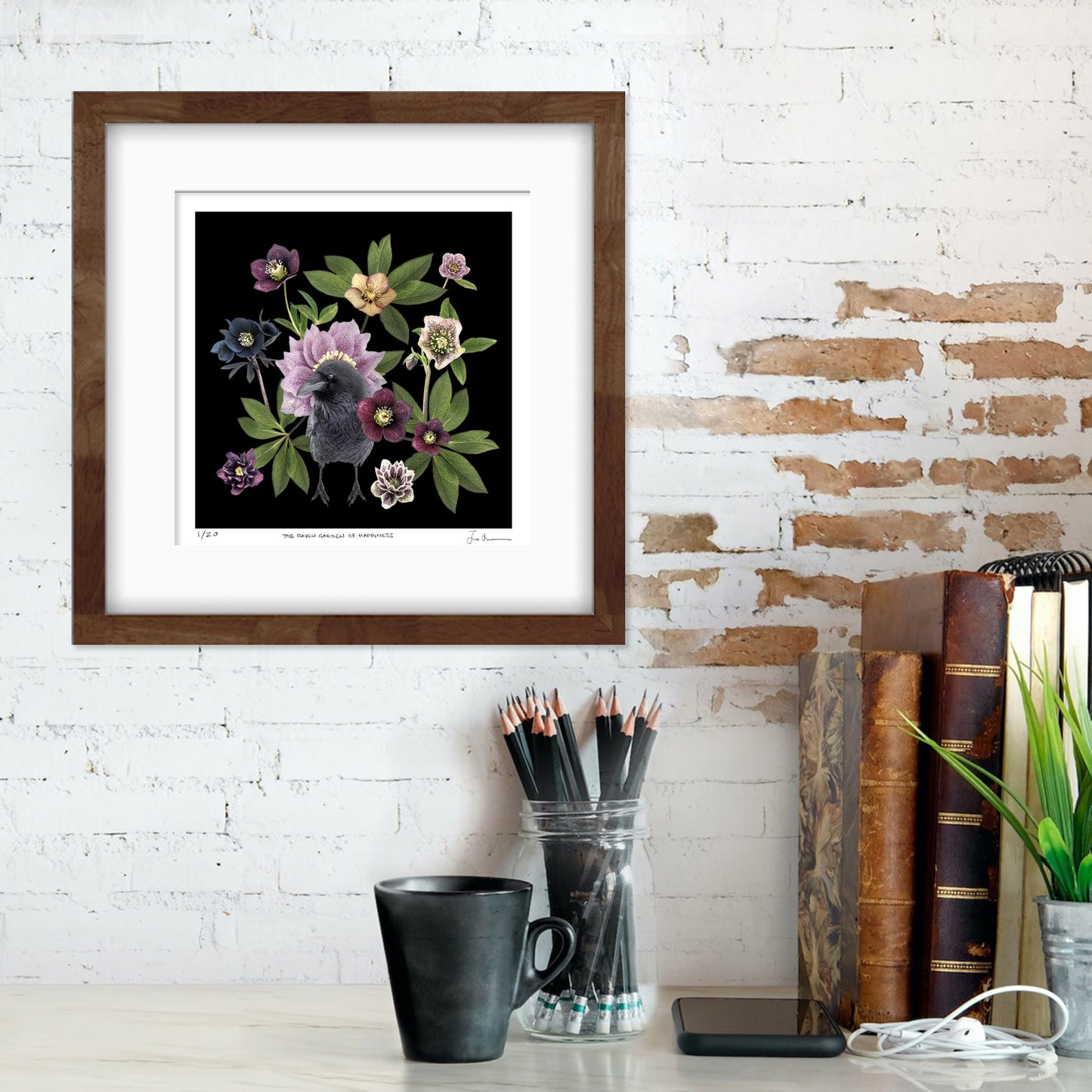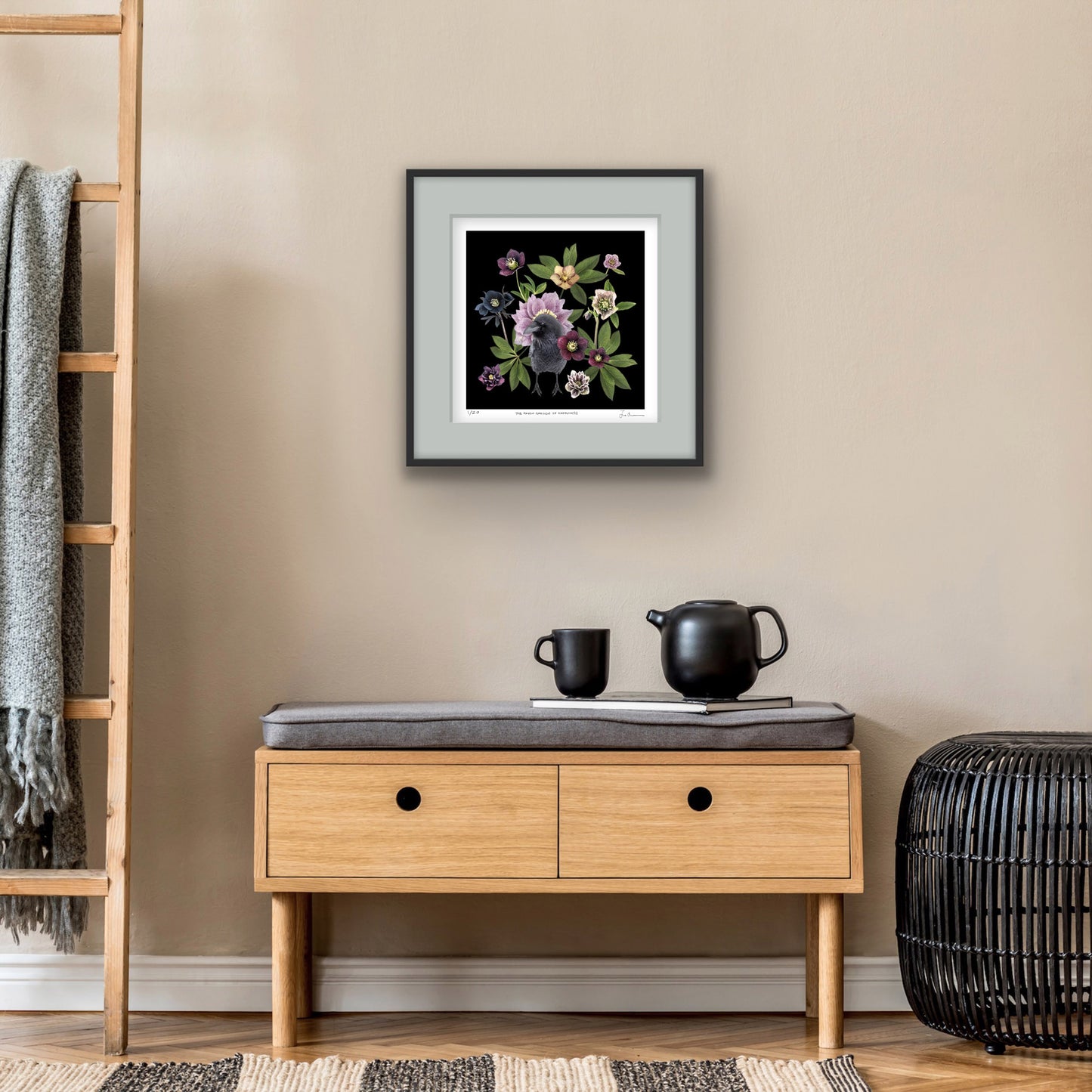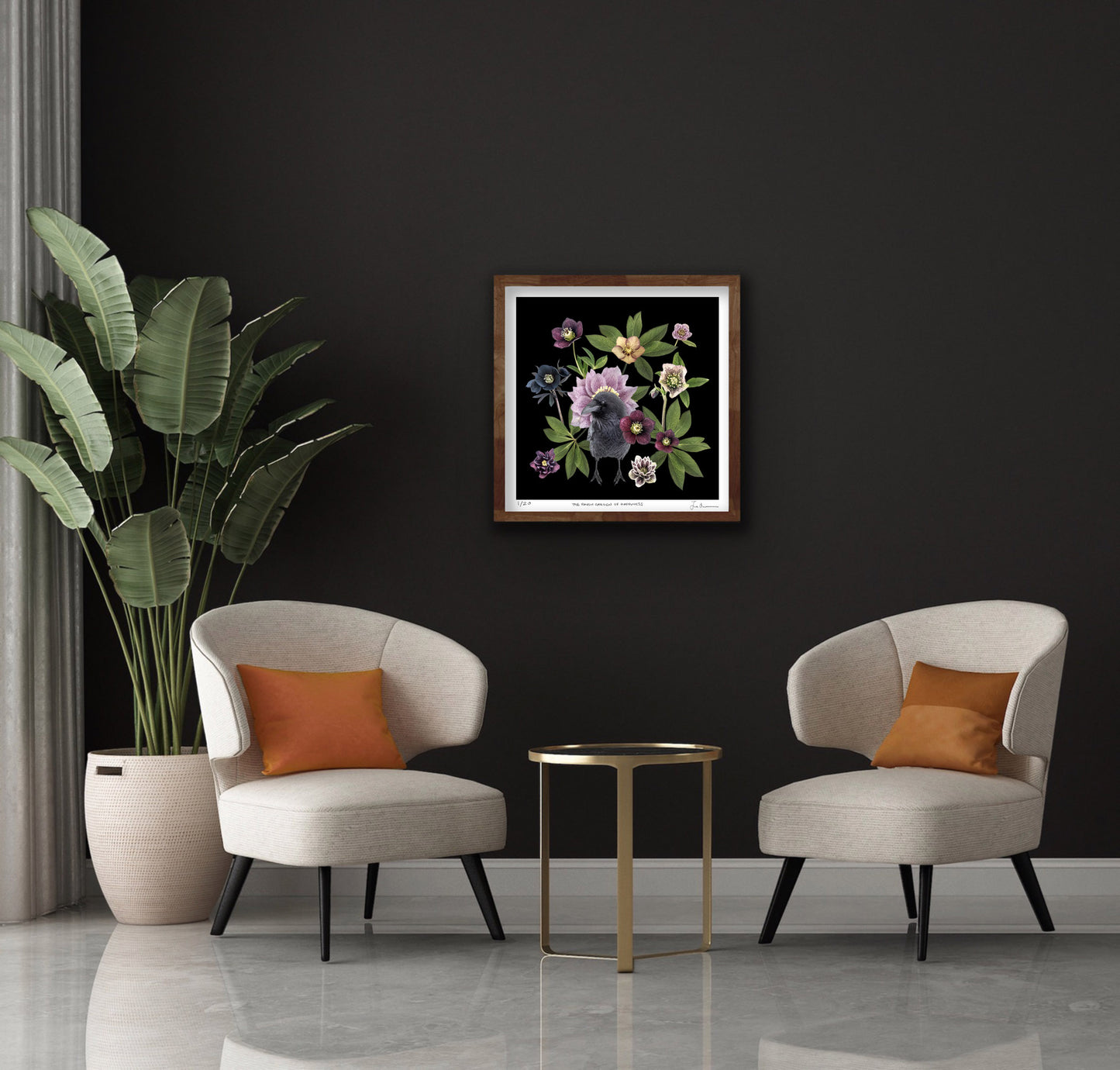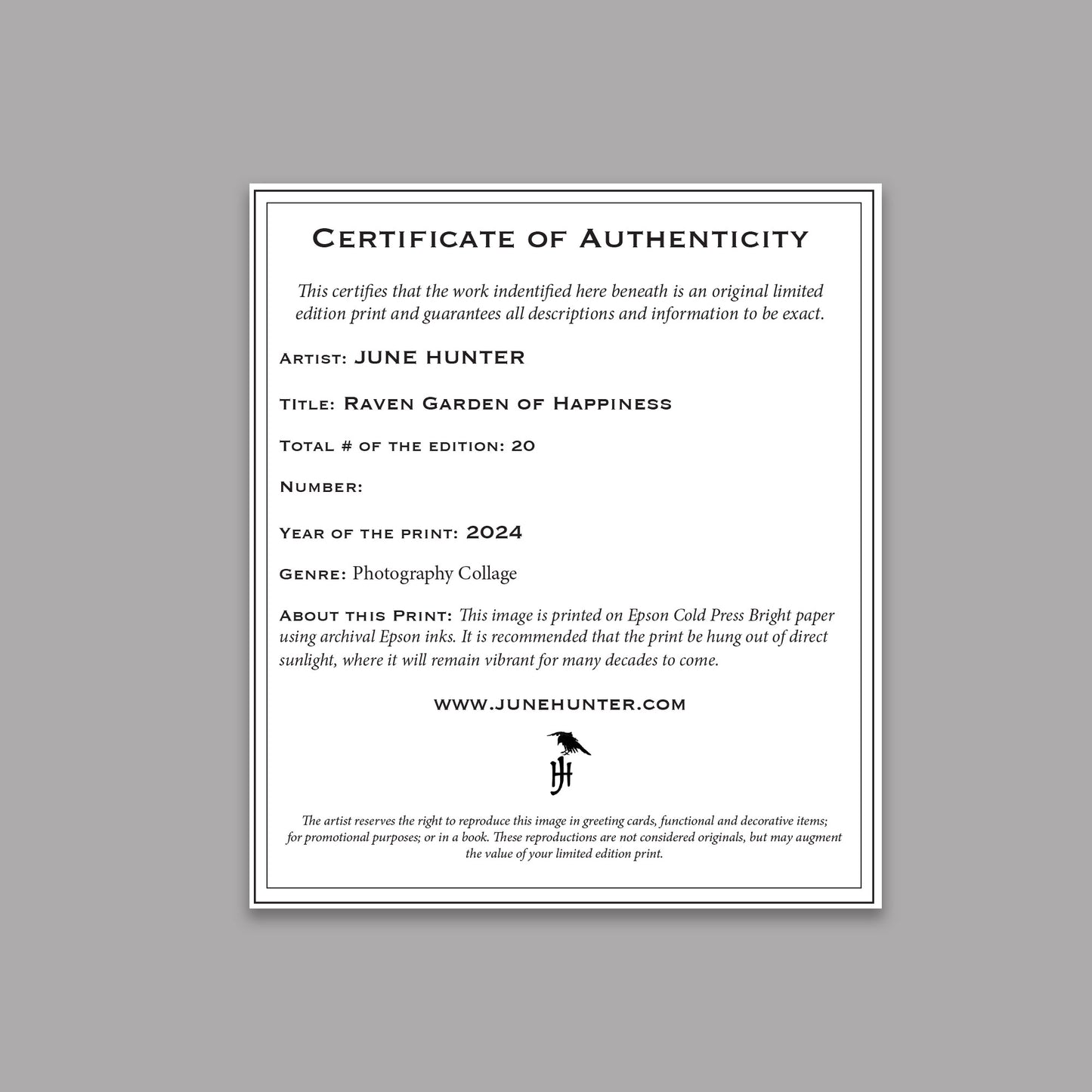How To Protect Art Prints
10 Tips For Protecting Art Prints
Wondering how to protect art prints?
Art prints, whether they are limited edition fine art prints or reproductions of original works, require care to ensure they remain in good condition over time.
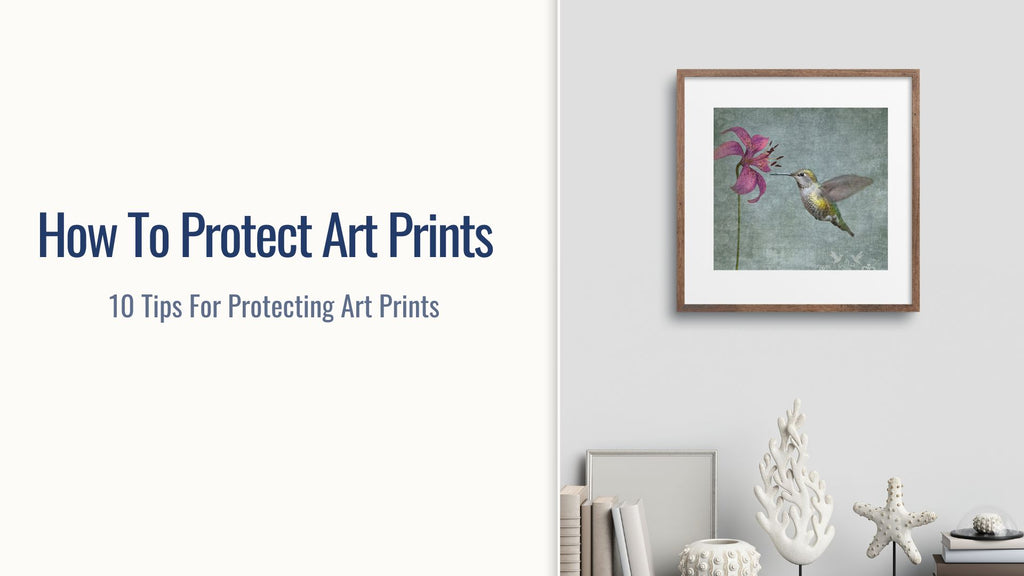
Here are ten tips for safeguarding your art prints. We’ll address the question of handling, storage, framing, and preservation.
Keep in mind that for prints that are not limited editions, you don't have to be quite so careful. Protect the print, but don't turn it into a full-time job.
I recommend you review the following tips and take what works for you, and leave the rest.
1. Handle with Care
Always handle art prints with clean, dry hands, or if you're feeling fancy, with cotton gloves. Oil and moisture from your fingers can transfer to the print, potentially causing damage over time. Handle the prints by the edges to avoid contact with the surface.
2. Ensure Ideal Storage Conditions
When not on display, store your art prints flat, using acid-free paper to separate them. Keep them in a cool, dry place away from direct sunlight. Fluctuations in temperature and humidity can lead to paper distortion, so maintaining a consistent environment is crucial for high-value prints.
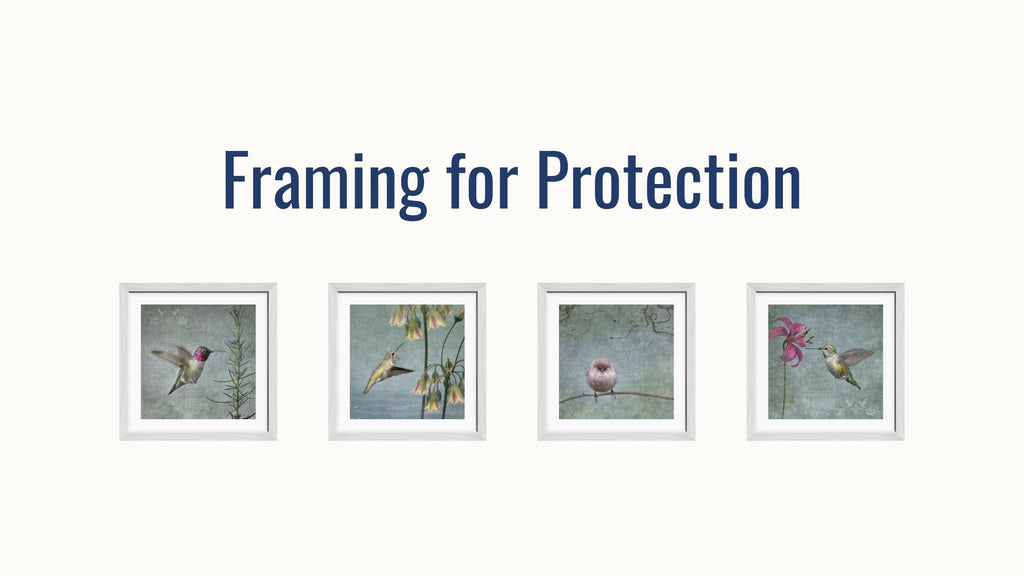
3. Frame Your Art for Protection
Framing is not just for display; it also serves as protection. Use frames made of quality materials. If you're protecting high-value prints, then metal and sealed wood frames are recommended to prevent the ingress of pollutants. Ensure the frame is well-sealed but still allows for some air circulation to prevent mold growth.
4. Consider the Effects of UV Light
UV light can cause fading and deterioration of art prints. Protect against this by using UV-filtering acrylic or glass when framing. While UV glass is heavier and may have a slight tint, UV acrylic is lighter and less likely to break but can scratch more easily.
DIY Options: UV Protective Acrylic for Picture Framing
If you go hunting for picture frames at vintage stores, you can swap out the glass with UV acrylic cut to order for your frame. It's about $14 for a 10x10 piece of UV acrylic.
Design Your Own Frame: You can spend quite a bit of time designing your own frame and matting with your choice of acrylic glass at AmericanFrame.com. While it does take some time, it will cost you at least 50% less than having your prints framing at a professional framing shop.

5. Guard Against Dust and Pollutants
Use a dust cover on the back of the frame to protect against dust and environmental pollutants. Keep the prints out of high-traffic areas where they are likely to accumulate grime, and gently clean the frame and glass with appropriate cleaners.
This video from Logan Graphics will show you the framing process including how to add a dust cover to the back of your picture frame.
Go to the 1:26 mark to see how the dust cover paper is put on the back of a picture frame.
6. Do Routine Checks
Inspect your art prints periodically for signs of fading, discoloration, or any type of deterioration. For high-value prints this should be done at least once a year to ensure that any storage issues can be addressed promptly to prevent further damage.
7. Consider Glass vs. Acrylic
Both glass and acrylic have their uses. Glass is more traditional and scratch-resistant but can shatter and is heavier. Acrylic is lighter and shatterproof, making it ideal for large prints or areas where safety is a concern. However, it can scratch easily and may hold a static charge that attracts dust. Acrylic tends to be more common these days as you can get relatively cost effective UV acrylic glass. Just make sure it's a high quality acrylic that doesn't change the colour or look of the print.
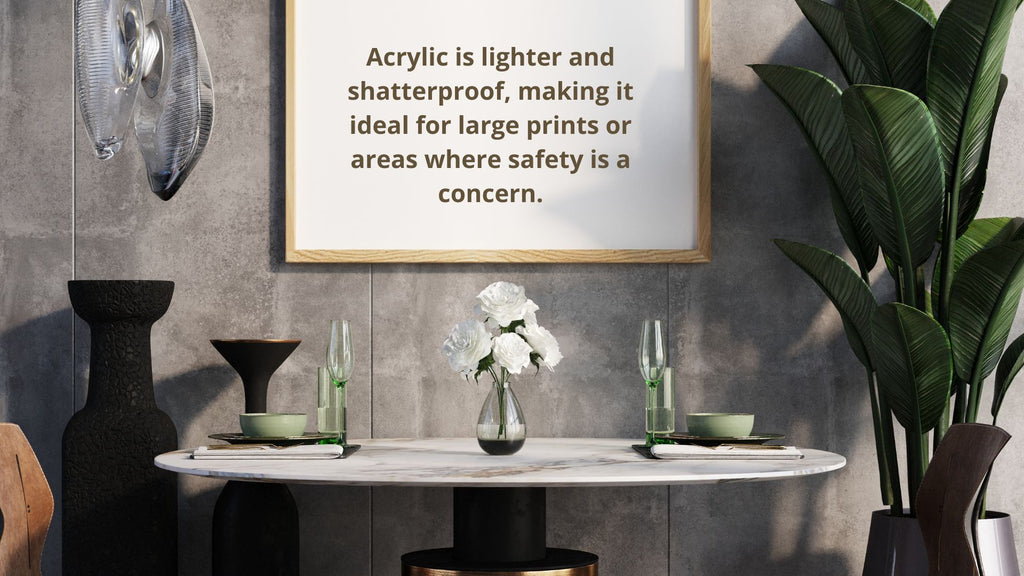
8. Consider Climate Control
This is only for artwork that is extremely precious. If you’re putting up some wall art that didn’t cost a king's ransom, then you probably don’t need to worry about this. But if you have precious art that you want to keep in perfect condition for the next millennium then you will need to maintain a stable environment with controlled temperature and humidity. Ideal conditions are usually around 70°F (21°C) with 50% humidity. Extreme conditions on either end can lead to damage, so a climate-controlled room is best for display and storage.
9. Avoid Adhesive Tapes
Never use adhesive tapes or glue directly on a print, as these can cause irreversible damage. If mounting is necessary, use archival-quality, reversible adhesives designed specifically for art preservation. But again, if it’s a normal print and not a $1M piece of history, you’re probably going to be okay just using acid-free tape.
10. Professional Advice
For valuable prints, consult with a professional conservator for specific advice on care and framing. They can provide tailored recommendations to ensure the longevity of your art.
Final Thoughts
Protecting art prints is an essential part of collecting and enjoying your art.
By following these tips, collectors can preserve the integrity and beauty of their prints for future generations to admire. Remember, preventive care is often easier and less costly than restoration, making proper protection a wise investment for any art enthusiast.
That said, if your fine art prints are not limited editions, you don’t need to be so precious with them. Aim to balance protection with budget. And most of all, remember that filling your home with art should be fun!

Check Out June Hunter's Prints
Check out June Hunter’s collection of crow, raven, garden bird and blue botanical prints which will add a vibrant touch of nature to your home.
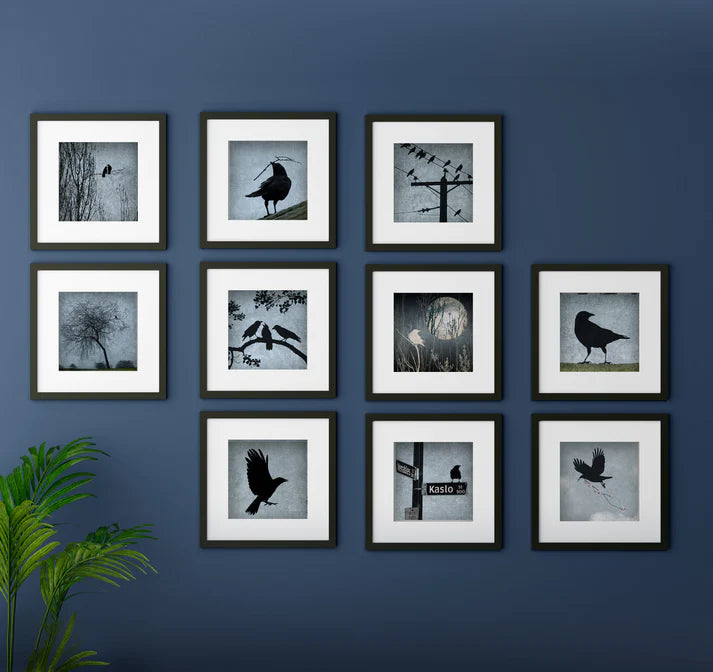
Read More:
How to Select and Buy Wall Art
Explore June Hunter's Gift Shop
This article was written by Colette Nichol and reviewed by photographer and nature enthusiast June Hunter. Our aim with these short articles is to bring interesting bird facts and nature-inspired home décor info to more online readers while also highlighting June Hunter's photography and designs. To read June Hunter's popular blog the Urban Nature Enthusiast, where she shares stories about crows and ravens, please click HERE.

